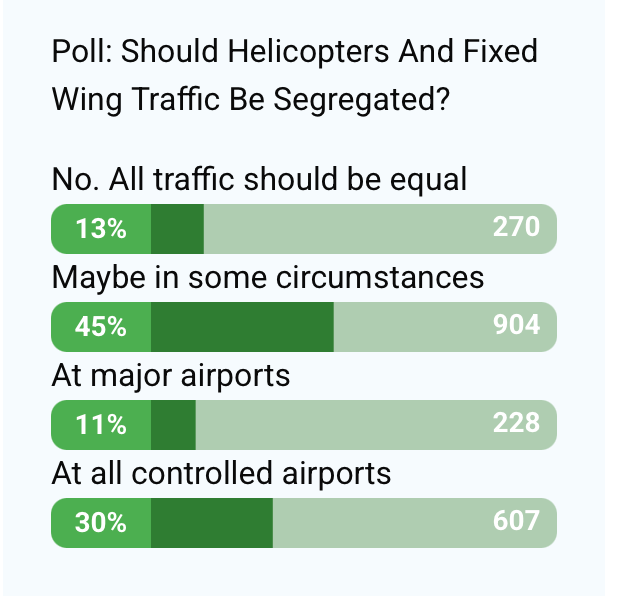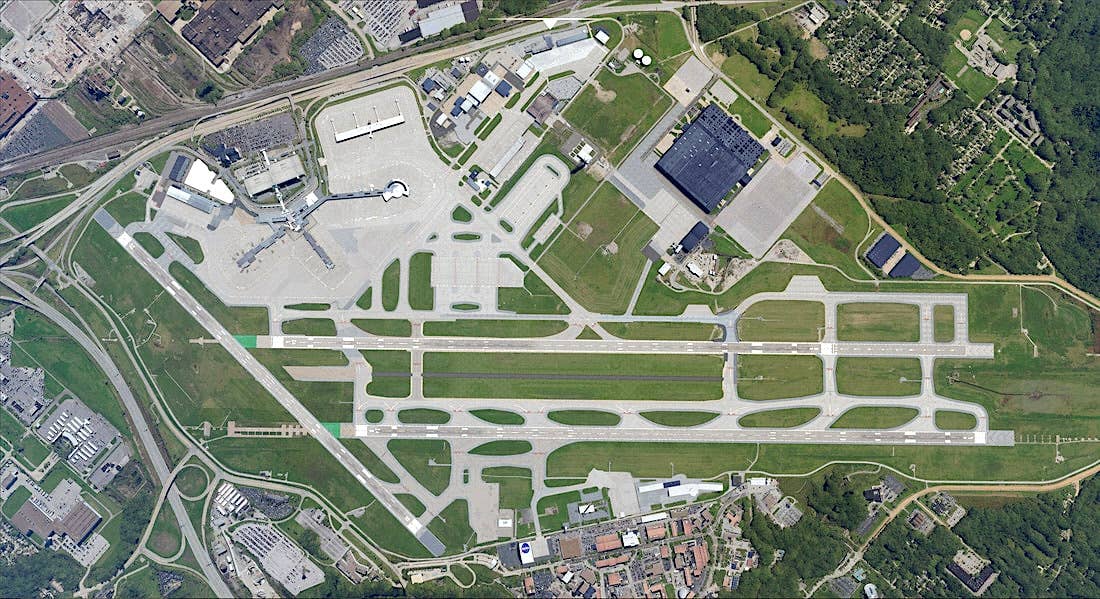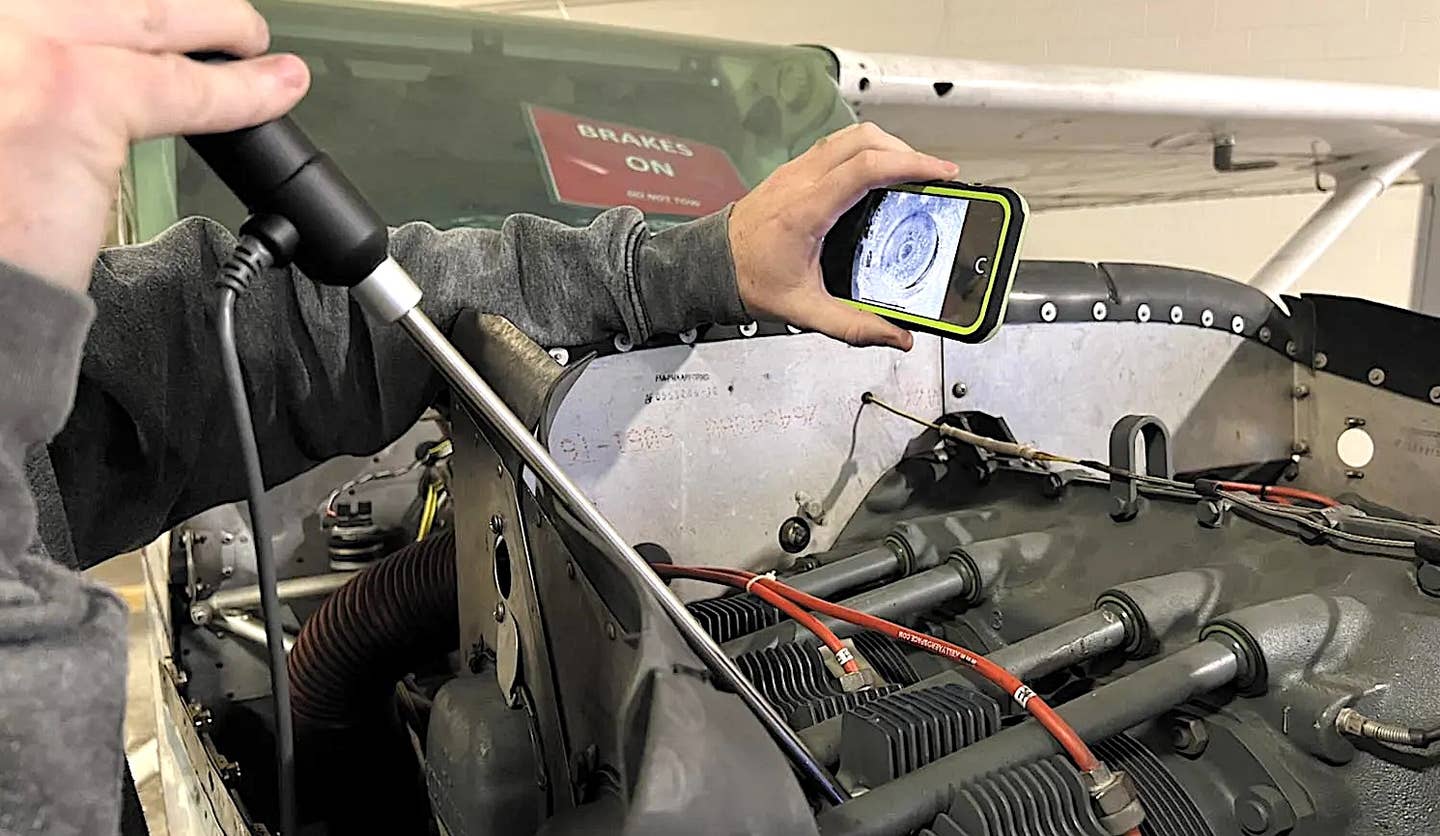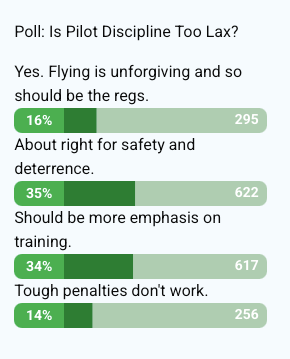Leading Edge #6: Instructional Hazards
Flight instruction is pretty safe, but how can any pilot-caused accidents and incidents happen when two hyper-aware pilots are in the front seats? AVweb’s Thomas P. Turner has done the research and developed a few theories.
Flight instruction is considered to be one of the safest categories of general aviation. AOPA Air Safety Foundation's 2006 Nall Report (3 MB Adobe PDF file) calls flight instruction "... relatively safe ... result[ing] in just 13.2 percent of all [NTSB-reported] accidents and only 6.5 percent of fatal accidents." AOPA attributes this to "... the high level of supervision and structure in the training environment."Yet a surprising number of aircraft mishaps happen with an instructor on board the airplane, including many that do not meet the reporting requirements of NTSB 830 -- and therefore never get into the database from which the Nall Report and similar studies are derived. This includes gear-up landings and fuel-related or other engine failures that result in a glide to a runway or a successful off-airport touchdown. The "unofficial" record also includes instructional loss-of-directional-control mishaps on takeoff or landing, in-flight airframe overstresses and any number of other events that for one reason or another are not reported to the Federal government. My own research shows -- in one type of high personal/business use aircraft -- many "instructor-on-board" mishaps occur outside the NTSB reporting environment.With two pilots aboard (the student in mishap accidents is not always a "student pilot") and in such a controlled environment, why are so many accidents occurring? Instructional aviation seems particularly immune to weather-related mishaps, a leading factor in aviation mishaps overall. This is probably because it's so easy to agree to cancel an instructional flight when the weather is bad. With adverse weather all but eliminated from the record, then, what might be the reason so many instructional mishaps take place? I think it's related to two human factors: what I call "instructor-induced stupidity" and flight-instructor complacency.
Instructor-Induced Stupidity
I must credit a student of mine with coining the phrase "instructor-induced stupidity", or IIS, to describe the tendency of a flight student to defer decision-making or responding to aircraft indications when there's an instructor on board. From the student's standpoint it's easy to think, "My instructor will take care of me," or that the CFI has somehow manipulated aircraft indications or maneuvered the student into a decision-making position (such as the need for a go-around) as part of the instructional process.As my student noted, it's easy for the student in such cases to mentally sit back to see what might happen next. The potential is even more pronounced if the CFI has a lot more experience than the student (an airline captain, for instance) or if the instructor is considered an "expert" in the type. After all, the CFI is usually logging time as pilot-in-command regardless of the student's qualifications.In fact, the student must be aware that he has definite responsibilities for the safe outcome of the flight, just as does the CFI. No one is perfect, so abdicating responsibility to the person in the right seat can't always be the right thing to do. The CFI absolutely must be vigilant to the safety of the instructional mission -- more on that shortly. But the pilot receiving instruction should act as if he is alone in the cockpit and respond to situations and indications just in case the instructor is distracted at exactly the wrong moment.
It Works Both Ways
There's another side to the "instructional hazards" coin -- instructor complacency. Consider this typical CFI duty day:
Get to the airport at 7:30 a.m. Brief and fly one hour of touch-and-goes in a fixed-gear single with a pre-solo student. Fly with a second student, working on her instrument rating, for a two-hour mission. Perform stalls, ground reference maneuvers and pattern work with two pre-solo students, and then an hour of takeoffs and landings with a student checking out in a retractable-gear airplane. Break for a couple hours and come back to the airport for another instrument dual session. Cap it off with half an hour of night takeoffs and landings with a student preparing for her private checkride. Get up the next day and do it all over again.
Or this instructional mission:
Fly maneuvers, instrument procedures, takeoff and landings and simulated emergencies for five hours in a single day with the owner of a light twin who you've flown with before and who has demonstrated great skill in flying the airplane he's owned for several years.
It's easy after the third or fourth student of the day, or the fifth or sixth trip round the traffic pattern, or with a student you've flown with several times, to become complacent. Trust me, I've been there. It's a nasty wake-up call for a CFI for the student to do something unexpected, or to find yourself thinking something besides what you're doing at the moment. Also, just because the student has a lot of time in the airplane, has professional credentials (in and outside aviation) or a strong personality does not mean that the instructor can be any less vigilant.A measure of a good instructor is the ability to remain focused on the task under way, as well as see-and-avoid and other aspects of being the flight's designated safety officer. The instructor that detects herself daydreaming or missing radio calls and checklist steps should immediately terminate the instructional flight unless she can return her concentration and discipline to the moment. I've learned that focusing on standard operating procedures and remembering I'm ultimately responsible for the safe outcome of the flight is the best defense against instructor complacency.
Case Study: Cory Lidle
300
Might instructor-induced lapse of judgment and instructor complacency have played a part in the New York City crash that killed Yankees pitcher Cory Lidle and his flight instructor, Tyler Stanger? Although the flight was not "instructional" in the true sense, Stanger was Lidle's CFI and Lidle had told reporters a few days before the crash he was "planning to get up in the air with Stanger [that] week to work on instrument training exercises." So there was a definite student/instructor dynamic in the cockpit of Lidle's Cirrus.As of this writing (June 2007) the NTSB's final report is not yet posted on-line (although the preliminary report is available), but significant post-crash analysis in the aviation and non-aviation media (like AVwebFlash) support that the Cirrus may have been unable to complete a 180˚ turn to avoid Class B airspace at the north end of New York's East River, after flying up near the river's centerline and then turning left with a significant wind from the right. Without placing blame on either party, it's possible to envision a scenario where Lidle chose to fly up the center of the river and Stanger did not correct him, or that Stanger chose the ground track and Lidle acquiesced given his relationship with the CFI. In either event, my opinion is the student/instructor relationship, left uncorrected, may have played a part in the decisions that ultimate led to their impact with a high-rise Manhattan building.
Overcoming Instructional Hazards
As a CFI, I include the following briefing items on my checklist to review with students before we start up:
- You will be acting as pilot-in-command of the flight (assuming the student is qualified and current).
- Fly as if you are alone in the airplane. Don't depend on me to tell you what to do.
- If you see anything abnormal, or feel the need to go around, miss an instrument approach or accomplish an emergency procedure, go ahead and do so -- you won't be wrong. We may later discuss the indications and options you faced, but always act in the direction of safety.
- Tell me anything you think should be brought to my attention. This improves safety and also helps me gauge how well I'm getting across the point of the lesson.
I also consider the following for myself as an instructor:
- I am ultimately responsible for the safe outcome of the flight, regardless of the student's experience, his professional credentials or the force of his personality.
- Safety is my first responsibility, with instructional goals important but a second priority.
- My student may point out indications, traffic or other things that I'm not aware of. If that happens, I need to concentrate more on the safety aspect of my job.
- Diligent adherence to checklists and standard operating procedures will help prevent instructor complacency.
- If I find myself going off-task in the airplane, it's time to terminate the lesson.
Fly safe, and have fun!






